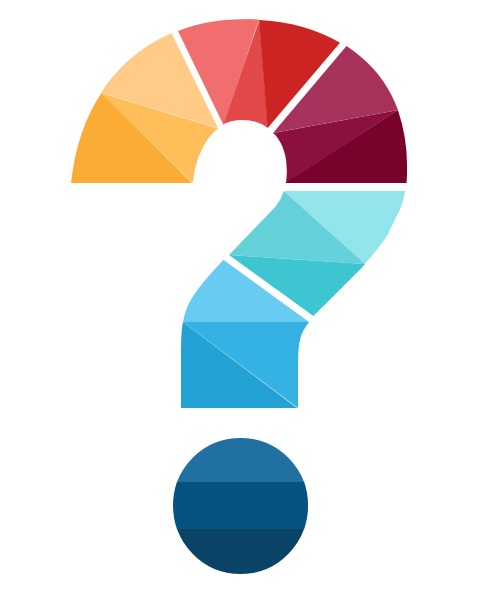In general we follow 6 steps based on your exact requirements of data analytics, so naturally these may vary depending on the business questions being asked, the data available and other specific needs you may have.
Defining the problem
The first step is to understand your business problem and the questions being asked. What is the problem you are The first step is to understand your business problem and the questions being asked so as to establish your data analytics requirements. What is the problem you are trying to solve, and what is the business context? Once the problem is clearly defined, we then express the business problem as an analytics problem.
This ensures that a full understanding is gained in order to confirm exactly what the data analytics model is going to predict.
There is no point in building a fabulous model, only to find out later that what it’s predicting doesn’t match your business needs: data analytics in general is important, but the specific way you wish to use it is the key factor.
Sometimes Sometimes clients may just give us access to a whole mass of data and ask us to do something with it: quite a task when you consider how much data is being generated – for example Google receives over 3.5 billion searches each day.
In such a case, we would move directly to the data exploration stage, as described in step 2.

Exploring the data
The next step is to explore the data, such as customer behaviour and transactions in order to become more familiar with it to obtain a deeper understanding of the information gathered. This is especially important when dealing with a completely new data set.
Preparing the data
The third step is preparing the data for modelling. This stage is influenced by the modelling technique used in stage 4. A big part of analytics includes predictive analytics made possible by machine learning where a PC literally ‘learns’ from the data rather than being programmed so – after a while – helping provide useful predictions to aid future strategy and decision making.
At this point we will also identify and treat missing values, detect outliers, transform variables and so on.

The data modelling process
Once the data is prepared, our data scientists using powerful analytics tools can begin modelling. This is usually an iterative process where we run a model, evaluate the results, tweak our approach, run another model, evaluate the results, re-tweak and so on…..
This continues, within agreed time limits, until the model produces acceptable results or delivers the best possible result with the given data and time constraints.
Validating the model
The final model (or maybe the best 2-3 models) will then be put through the validation process. Here we test the model using a completely new data set: i.e. data that was not used to build the model.
This process ensures that that our model is applicable to new data and not just a useful model for the specific data used earlier. The technical term for this is ‘avoiding over fitting’.
Using the model and tracking results
After the validation process the final model is chosen. Next, we start implementing the model and tracking the results to monitor the performance over time so as to help you establish patterns and trends to answer important business questions and plan strategy.
For more information please get in touch.
FAQ’s
What analytics tools do you use?
We use a raft of industry standard tools and techniques deployed by highly skilled people to provide the ultimate in modern data analytics backed by our many years industry experience.
As said above machine learning is a key aspect in providing the best in predictive data analysis; we use data warehouse techniques to pull data from various sources into one area for ease of analysis; Microsoft Power BI – a business intelligence software suite – to provide easy to understand analytics information; Microsoft SQL server integration to supply our analysis software and more.
Can we plan one-off sales campaigns using data analytics?
Certainly: data analytics can perform a host of functions covering sales and marketing, production, customer retention, understanding buying habits, planning future strategy and more.
Using techniques such as lead scoring – where your sales leads are analysed for their quality – and buying habits intelligence means you can plan a sales campaign based on hard facts and not guesswork.
Our business is fast moving: can data analytics help us respond quickly to changes?
Yes, and you can also – through predictive analytics – ‘see into the future’ and pre-empt certain changes in your marketplace so you’re fully prepared for the challenges before they occur. Technologies such as machine learning and our expertise can help you plan and prepare for the future.
You may be interested in…